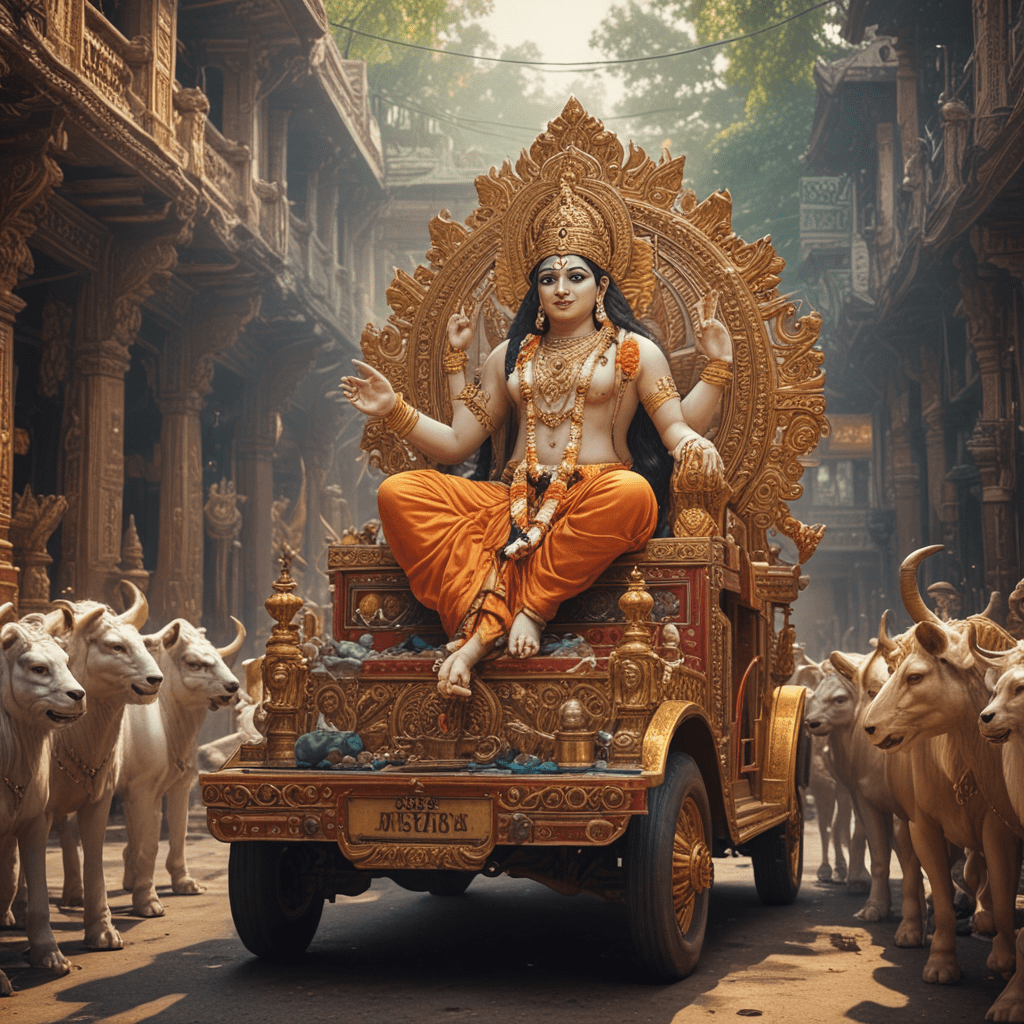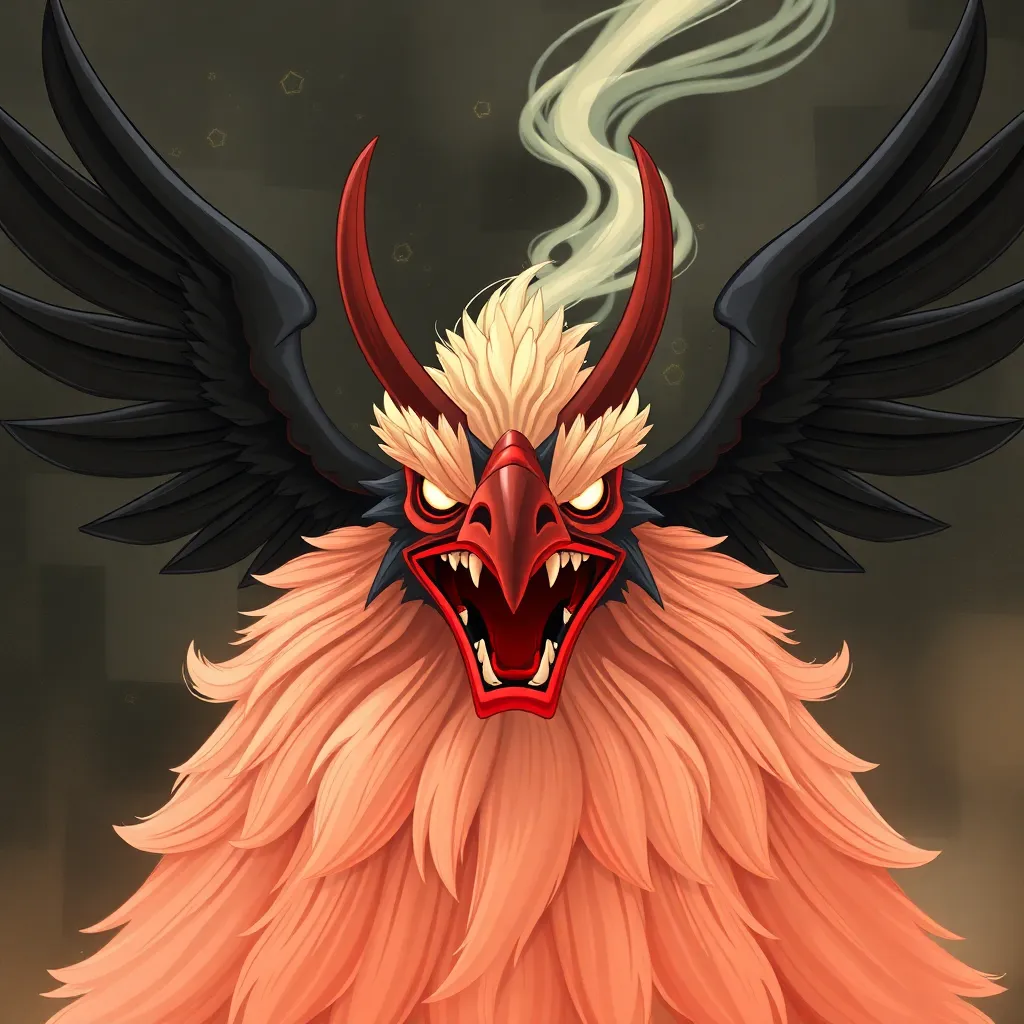The Mythical Origins of the Incan Empire
The Incan Empire, one of the most powerful and expansive empires in pre-Columbian America, boasts an origin story as fascinating and captivating as its history. Steeped in mythology and legend, the Incas believed their empire was divinely ordained and their emperors descended from the heavens. Let's delve into the captivating myths that shaped the Incan worldview and understanding of their place in the cosmos.
1. Divine Origins: The Legend of Manco Capac and Mama Ocllo
At the heart of Incan mythology lies the tale of Manco Capac and Mama Ocllo, divine siblings who emerged from the depths of Lake Titicaca, carrying a golden staff. Guided by the sun god Inti, they embarked on a quest to find fertile land where they could establish a great civilization. Their journey led them to the Cuzco Valley, where the golden staff miraculously sank into the earth, signaling the ideal location for their new city. Thus, Cuzco, meaning "navel of the world" in Quechua, became the capital of the Incan Empire, marking the beginning of a glorious dynasty.
2. Inti: The Sun God and Ancestor of the Incas
Inti, the sun god, held a paramount position in Incan mythology and was revered as the creator and life-giver. The Incas believed themselves to be direct descendants of Inti, further solidifying their claim to divine authority. The emperors were seen as Inti's representatives on Earth, responsible for maintaining cosmic order and ensuring the well-being of their people. The Inti Raymi, the annual sun festival, served as a grand celebration of Inti's power and the emperor's role as his earthly embodiment.
3. Viracocha: The Creator God and Precursor to the Incas
Viracocha, another prominent deity in Incan mythology, was believed to have shaped the earth and created humanity. He was often depicted as an old man with a beard and tears streaming down his face, symbolizing his role as a benevolent creator who brought life and civilization to the world. Legends narrate that Viracocha eventually departed across the Pacific Ocean, promising to return one day. The Incas saw themselves as the inheritors of Viracocha's legacy, tasked with continuing his work of shaping and governing the world.
4. Dualism and Reciprocity: The Inca Understanding of the Cosmos
The Incan worldview was characterized by a complex understanding of the cosmos, governed by the principles of dualism and reciprocity. The world was divided into three realms: Hanan Pacha (the upper world), Kay Pacha (the earthly world), and Ukhu Pacha (the underworld). These realms were interconnected and interdependent, and maintaining balance between them was crucial for harmony and prosperity. The Incas believed that every action had a corresponding reaction, and offerings and rituals played a vital role in maintaining this equilibrium.
5. Pachamama: The Earth Mother and Source of Life
Pachamama, the Earth Mother, was revered as the provider and protector of all living things. She embodied the fertility of the land and was responsible for the abundance of crops and sustenance. The Incas offered sacrifices and performed rituals to appease Pachamama and ensure her continued favor. They believed that a harmonious relationship with Pachamama was essential for their survival and prosperity.
6. Apus: The Mountain Spirits and Guardians of the Land
The towering peaks of the Andes Mountains held a profound significance for the Incas, who believed them to be the abodes of powerful spirits known as Apus. These mountain deities were revered as protectors of the land and its people, embodying the vital forces of nature. Each Apu was believed to have a distinct personality and was associated with specific attributes, such as fertility, water, or health. The Incas offered sacrifices and performed rituals to appease the Apus and seek their blessings for bountiful harvests, protection from natural disasters, and overall well-being. The reverence for Apus reflected the Incas' deep connection to their environment and their understanding of the interconnectedness of all living things.
7. The Flood Myth and the Origins of Humanity
The Incan flood myth narrates a devastating deluge that submerged the earth, wiping out all life except for a single couple who survived by taking refuge in a cave. After the floodwaters receded, the couple emerged to repopulate the world. This myth served as an explanation for the origins of humanity and emphasized the importance of survival and resilience. It also highlighted the cyclical nature of life and the constant interplay between creation and destruction. The flood myth resonated with the Incas' experience of living in a region prone to natural disasters, reminding them of the fragility of human existence and the need to respect the power of nature.
8. The Role of Animals in Inca Mythology
Animals played a significant role in Inca mythology and were often seen as intermediaries between the human and spirit worlds. The condor, soaring high in the sky, was associated with the sun god Inti and symbolized power and majesty. The puma, a stealthy predator, represented strength and courage. The serpent, with its ability to shed its skin, was seen as a symbol of renewal and transformation. These animals were not merely worshipped but were also incorporated into rituals, art, and storytelling, reflecting the Incas' deep understanding of the natural world and their belief in the interconnectedness of all living beings.
9. The Importance of Storytelling and Oral Tradition
In the absence of a written language, storytelling and oral tradition played a crucial role in preserving and transmitting Inca mythology from generation to generation. Shamans, known as "Quipucamayocs," acted as storytellers and keepers of knowledge, passing down tales of creation,英雄, and the origins of the Inca Empire. These stories served not only as entertainment but also as a means of educating the younger generations about their history, values, and beliefs. Through storytelling, the Incas kept their myths and legends alive, ensuring that their cultural heritage would endure for centuries to come.
10. The Legacy of Inca Mythology
The myths and legends of the Incas continue to captivate and inspire people around the world, offering insights into their worldview, beliefs, and relationship with the natural world. These stories provide valuable lessons about the importance of balance, respect for the environment, and the interconnectedness of all living things. Although the Incan Empire eventually fell, its rich mythology serves as a testament to the creativity, imagination, and profound understanding of the cosmos that characterized this ancient civilization.
FAQ
Q: What is the most important myth in Inca mythology?
A: The most important myth in Inca mythology is the story of Manco Capac and Mama Ocllo, as it explains the origins of the Inca Empire and their divine ancestry.
Q: Who was the most important god in Inca mythology?
A: The most important god in Inca mythology was Inti, the sun god, who was revered as the creator and life-giver and considered the ancestor of the Inca emperors.
Q: What was the significance of the Apus?
A: The Apus were mountain spirits revered as protectors of the land and its people, embodying the vital forces of nature. The Incas offered sacrifices and performed rituals to appease the Apus and seek their blessings.
Q: What role did animals play in Inca mythology?
A: Animals played a significant role in Inca mythology, often seen as intermediaries between the human and spirit worlds. They were associated with specific attributes and incorporated into rituals, art, and storytelling.
Q: How did the Incas preserve their mythology?
A: The Incas preserved their mythology through storytelling and oral tradition, with Shamans acting as storytellers and keepers of knowledge. These stories served to educate younger generations about their history, values, and beliefs.



